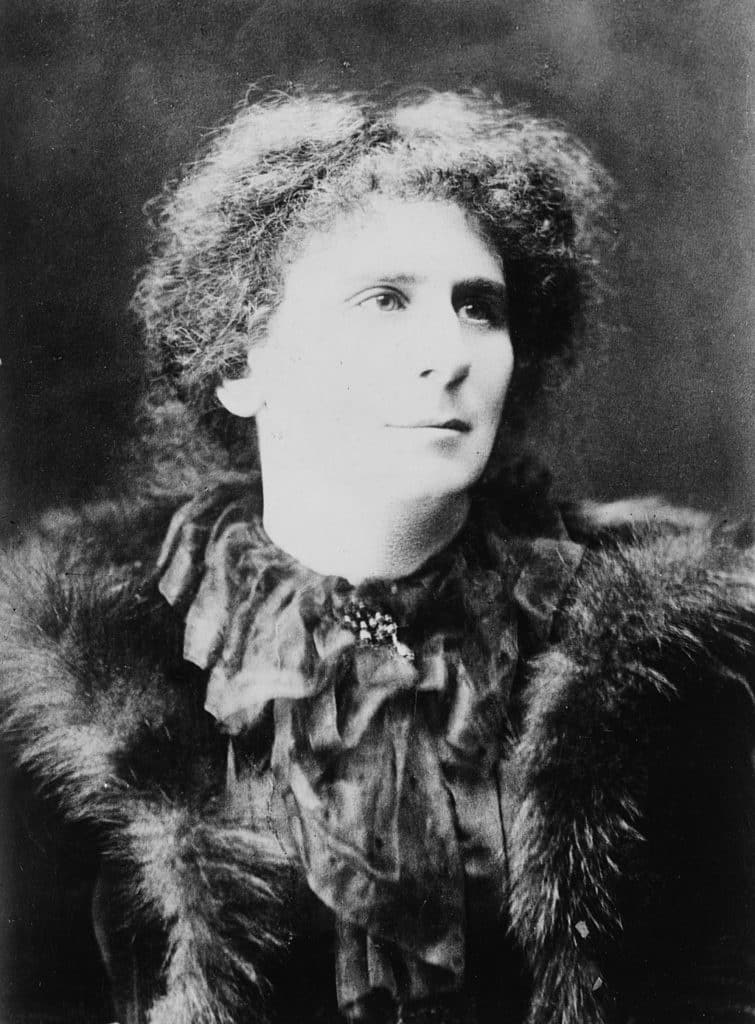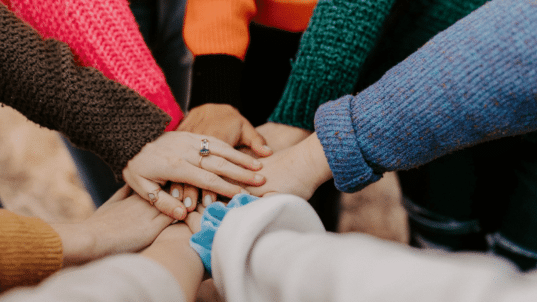
Hertha Ayrton via Wikimedia Commons
Hertha Ayrton was the third child of eight born to a watchmaker and seamstress. Her father died when she was seven and she took on responsibilities for helping to raise her younger siblings. At the age of nine, she went to live with an aunt who ran a school in London. This was when Hertha developed her interests in science and math.
Hertha was accepted to the University of Cambridge and had an outstanding academic career in both academics and extracurricular activities. But Cambridge would not award her a degree because women were only allowed to earn certificates at that time (they didn’t award degrees to women until 1948). She was eventually awarded a Bachelor’s degree by the University of London by passing an exam.
Hertha earned money by teaching and embroidery while helping out as a caregiver for a sister. Her first invention was a line divider which would divide a line into any number of equal segments. This was the first of twenty-six patents she received in her career.
Hertha started taking classes in electricity taught by her future husband, Will Ayrton. She had a particular interest in electric arcs that were used in public lamps. She discovered the reason for the flickering and hissing of the arcs. Her discovery was presented as a paper to the Institution of Electrical Engineers (IEE). In 1899, she was the first woman admitted to the IEE (the second was admitted in 1958).
Her efforts to join the Royal Society (British equivalent of the US Academy of Sciences) were not as successful. When she was proposed as a Fellow, she was turned down because married women were not eligible. As her reputation as an electrical engineer grew, the Royal Society became more accepting. She was allowed to present a paper at a meeting. She was also presented the Hughes Metal, an annual award for outstanding discovery in the physical sciences. She was the first woman to receive the award. The next woman was recognized 112 years later.
Hertha was a social activist especially voting rights for women. She was a close friend of Marie Curie and actually tutored her daughter, Irene, in math. Hertha and Irene were able to convince Marie Curie to sign a petition in favor of women’s voting rights, something that Marie Curie rarely did.
Later in life, Hertha invented a fan to keep poisonous gases from killing British soldiers in the trenches of WW I. It took a year for the British War office to accept her idea. Hertha then organized the production of more than 100,000 fans.
Just imagine how the fight against exclusion loomed so prominently in Hertha’s life. How many people could have persisted, as she did, fighting for their rights to be included in the practice of their profession? Think about how the practice of exclusion is holding back our own society. While our society has become more inclusive, it seems as if breaking down exclusionary barriers is still a challenge. What can we learn from Hertha’s story to help us address the barriers to an inclusive society that we face today?
* * *
“Exclusion is never the way forward on our shared paths to freedom and justice.” – Desmond Tutu
This is part of our “Just Imagine” series of occasional posts, inviting you to join us in imagining positive possibilities for a citizen-centered democracy.



